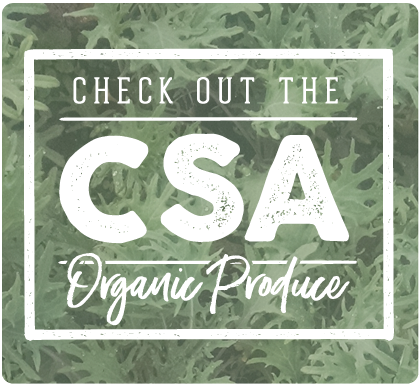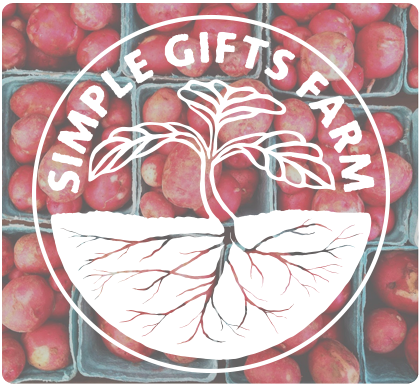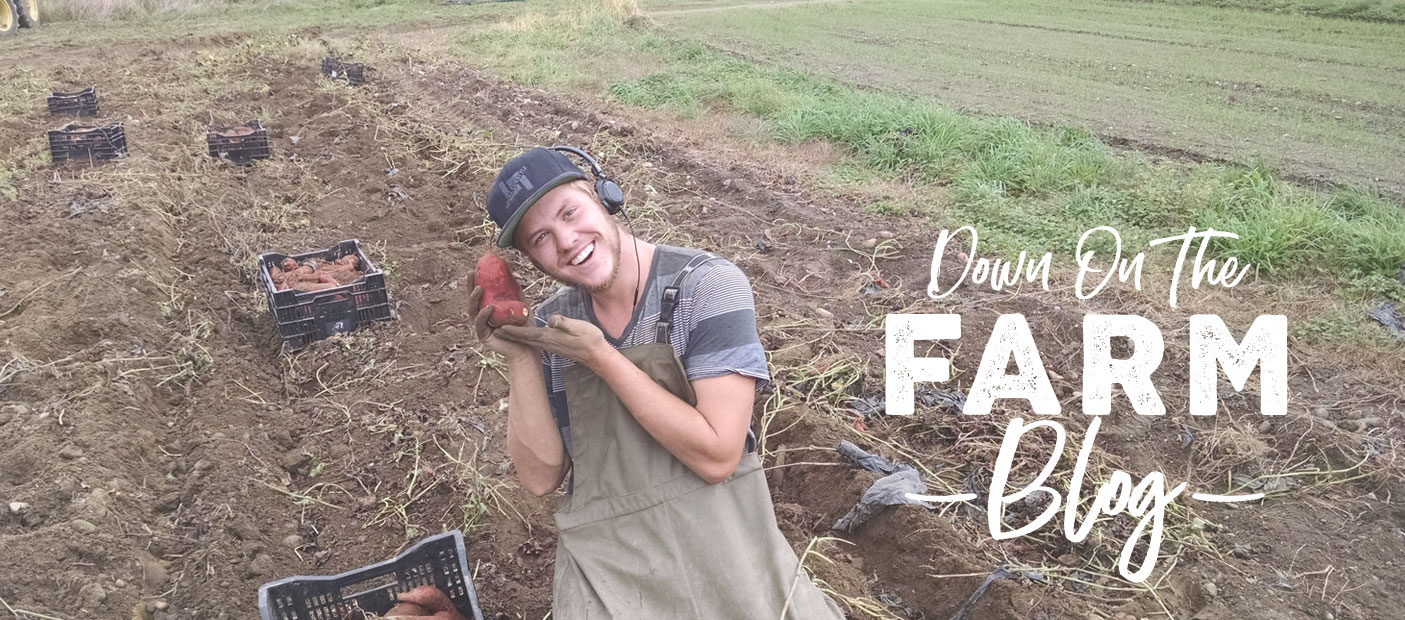
Meet Your Mad Farmer-Scientist
Last year, we implemented a new cropping system that totally reworked the way we plant some of our crops; we harvest mulch from cover crops and spread it on the soil to provide a thick grownd cover that can control weeds and keep the soil moist. Then we plant...
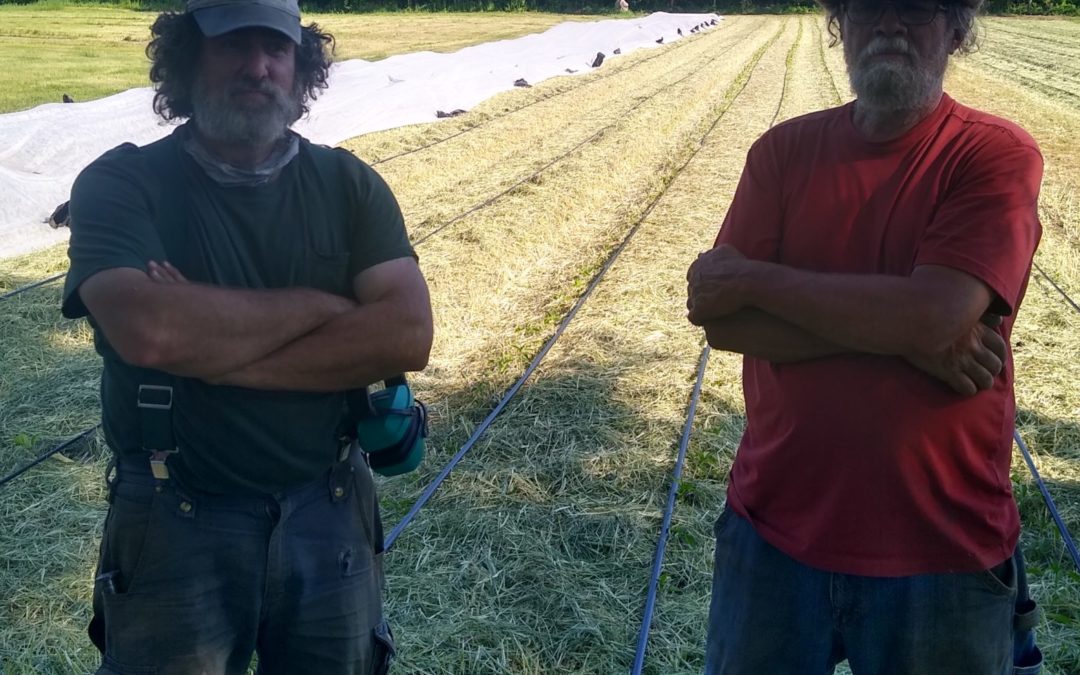
My Year of Climate Work
How do we, as farmers, adapt to the ongoing climate disruptions in a way that keeps our community well-fed and our soil in place in the face of alternating cycles of droughty and super-soaked weather? This week, I have been spent several hours in Zoom meetings,...
Our No-till Production systems help us to adapt to extreme weather events like today and in year’s to come
The climate models predict that here in the Northeast, we will be seeing increased precipitation overall, but with less regularity, meaning periods of intense rain interspersed with periods of drought. This week has showed us am example of that; we received close to 4...
This piece of equipment really brings the whole no-till system together.
Last year, about this time, we came to a spot in our no-till experimentation where I was about ready to throw in the towel. We mowed a rye cover crop and ripped furrows through the field with our subsoiler so that we could make a little trench to plant tomato...
April is the cruelest month (I think I write that every year)
When I started out farming in 1999, farmer's markets closed up shop in late October, with only a few farmers going past the first frost. Farmers got to go do a lot of reading, skiing, or whatever between then and spring. Eliot Coleman was breaking new ground with...
Climate Action Plan, take 1
How are we going to keep producing food for our community if the weather goes nuts in the future? What can we do to lessen our impact on the climate, and even draw down some of the excess carbon in the atmosphere? Over the winter, I started on a Climate Adaptation...
